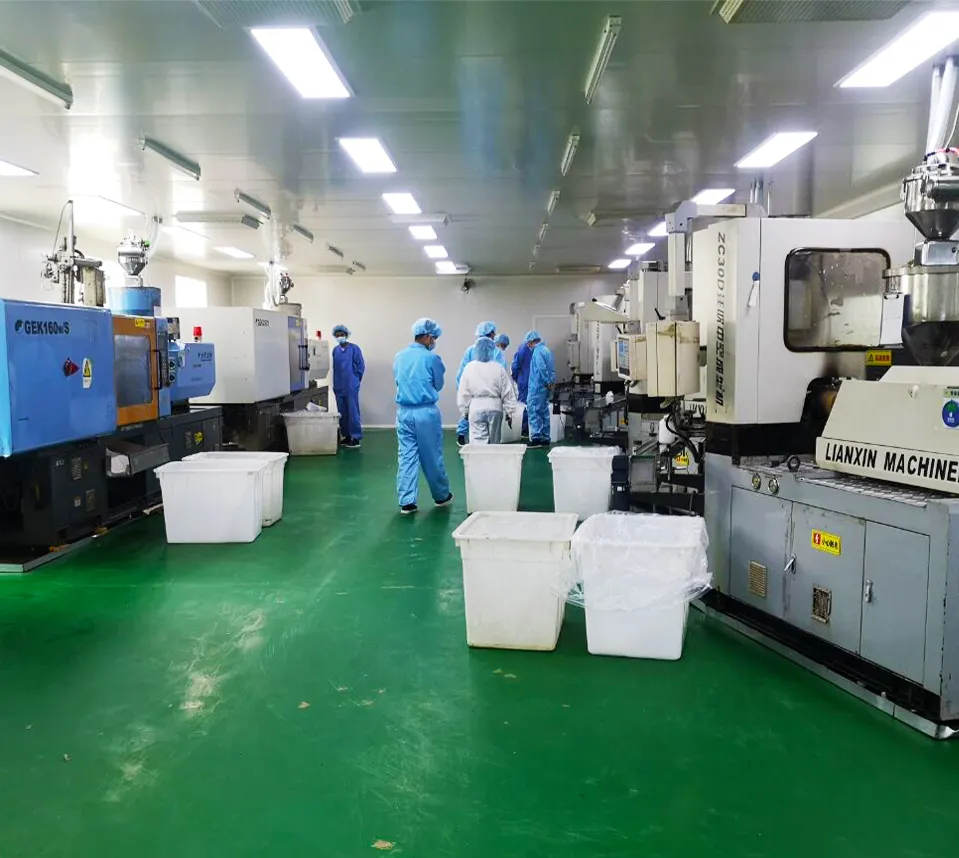Guidelines for Collecting Samples in Creatinine Testing Tubes
The Importance of Creatinine Sample Collection Tubes in Medical Testing
Creatinine is a waste product generated from the normal breakdown of muscle tissue. It is typically excreted by the kidneys, making it an important indicator of renal function. Accurate measurement of creatinine levels in the blood or urine is critical for diagnosing and monitoring kidney health. One key but often overlooked aspect of this process is the proper collection and storage of creatinine samples, which largely depends on the use of specialized collection tubes.
What are Creatinine Sample Collection Tubes?
Creatinine sample collection tubes are specifically designed vessels used to gather blood or urine samples for creatinine analysis. These tubes are engineered to maintain the stability of the specimen until it reaches the laboratory for testing. The choice of tube can significantly impact the accuracy and reliability of the test results. Various types of collection tubes exist, each tailored to specific types of samples, whether they are serum, plasma, or urine.
Key Features of Creatinine Sample Collection Tubes
One of the primary features that differentiate creatinine sample tubes from standard collection tubes is their composition. Most creatinine collection tubes contain additives that help preserve the integrity of the sample. For instance, serum separator tubes (SST) contain a gel barrier that separates the serum from the cellular material after centrifugation, thus preventing further biochemical reactions that could alter creatinine levels.
For urine samples, plastic or glass containers are typically used. These containers may include preservation agents that stabilize the sample by preventing bacterial growth and minimizing changes in urinary composition. This is essential as urine is particularly susceptible to degradation, especially if it is not processed promptly.
The Collection Process
The collection process itself is critical to ensuring accurate test results. For blood samples, healthcare professionals must follow a series of steps, including proper site preparation, the selection of appropriate needles, and the correct choice of collection tubes. Patients are often advised to fast for a specific period before a creatinine test to avoid variability in results due to dietary factors.
creatinine sample collection tube

For urine collection, a “clean catch” method is often recommended to avoid contamination. The collection tube must be sterile, and patients must follow specific instructions to provide an uncontaminated sample, which is crucial for accurate measurement of urinary creatinine levels.
Transport and Storage
Once the samples are collected, the handling and storage conditions are equally important. Creatinine samples must be transported to the laboratory under controlled temperature conditions to prevent any biochemical changes. Most laboratories specify that blood samples should be analyzed within a certain timeframe—usually within 24 hours if stored at refrigeration temperatures.
In cases where immediate analysis isn’t possible, specific preservation methods may be employed to prolong the viability of the sample. For urine samples, refrigeration is often recommended, and in some cases, chemical preservatives may be used to stabilize the sample quality.
Challenges and Considerations
Despite the sophisticated design of creatinine sample collection tubes, various factors can compromise the quality of the samples. These include improper handling, delays in transport, and inadequate storage conditions. Additionally, the presence of hemolysis in blood samples can skew results and lead to misinterpretation of renal function. Therefore, it is vital for healthcare providers and laboratory technicians to adhere strictly to protocols for sample collection, transportation, and storage.
Conclusion
In conclusion, creatinine sample collection tubes play a pivotal role in the accurate assessment of kidney function. By ensuring that the samples are collected, preserved, and transported correctly, healthcare providers can obtain reliable data that is crucial for diagnosing and managing renal health. The importance of using specialized collection tubes cannot be overstated, as they help to maintain the stability of the samples and ensure that test results reflect the true physiological state of the patient. As advancements in laboratory technology continue to evolve, the effectiveness of these collection methods will undoubtedly contribute to enhanced patient care and outcomes in nephrology.
-
Aesthetic Makeup Spray Bottles | Fine Mist Empty RefillableNewsAug.19,2025
-
White Plastic Veterinary Vaccine Vials | Lab Liquid BottlesNewsAug.18,2025
-
Plastic Medicine Liquid Bottle: Secure Flip Top Drug VialsNewsAug.17,2025
-
Durable 250ml Blue Plastic Vaccine Vial for Lab & Vet UseNewsAug.16,2025
-
Sterile Virus Sample Tubes: Secure & Reliable Specimen CollectionNewsAug.15,2025
-
White 250ml Plastic Vaccine Vial for Lab & Vet MedicineNewsAug.14,2025
























